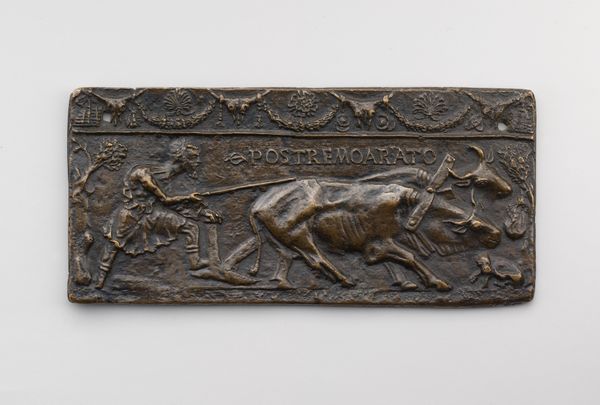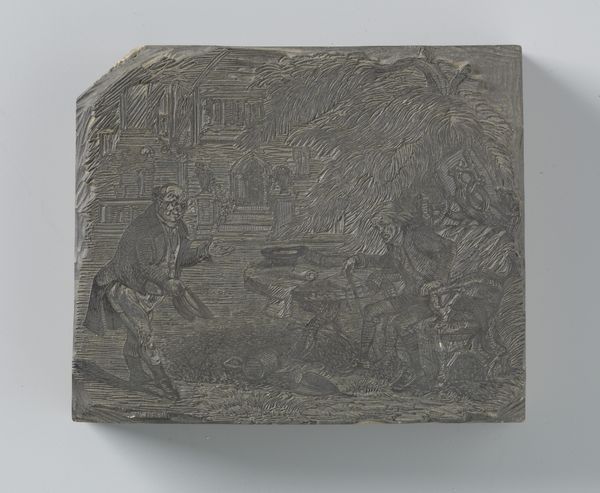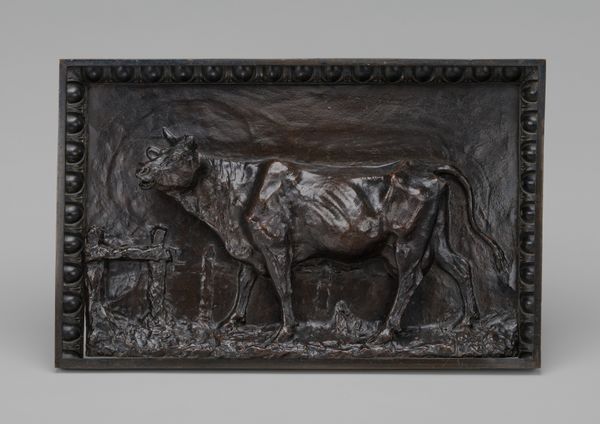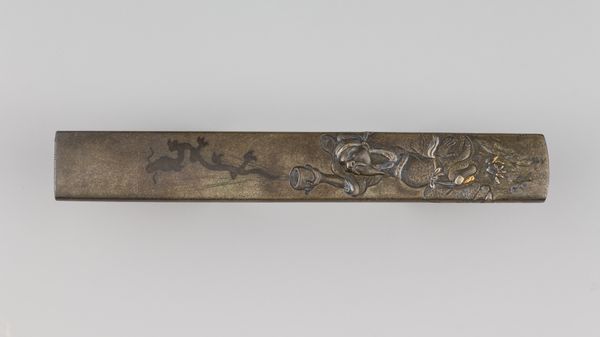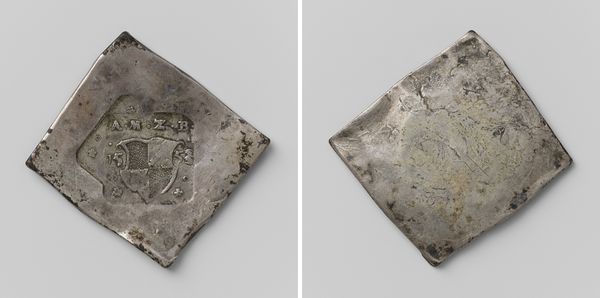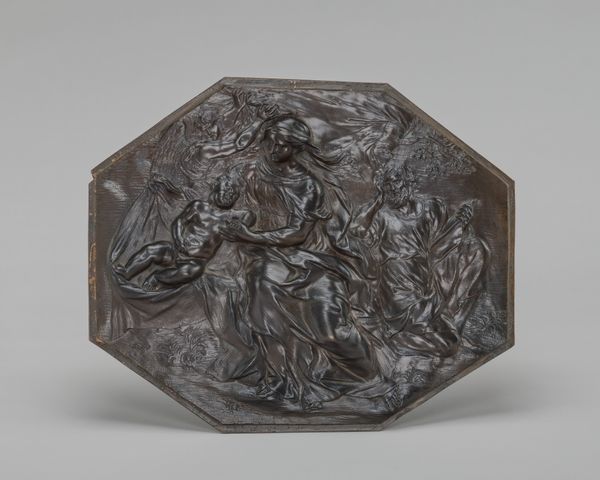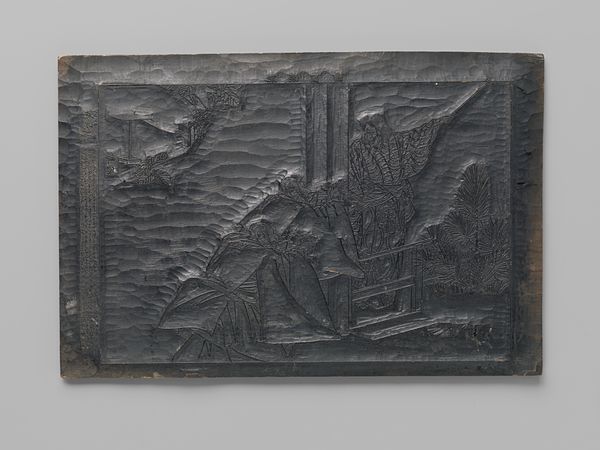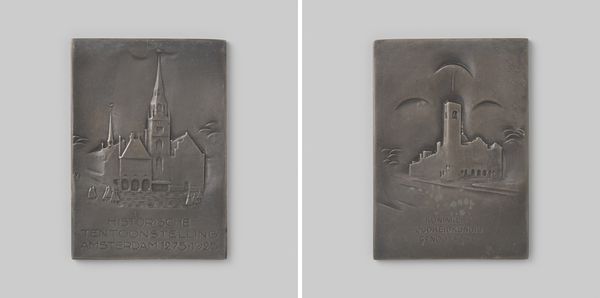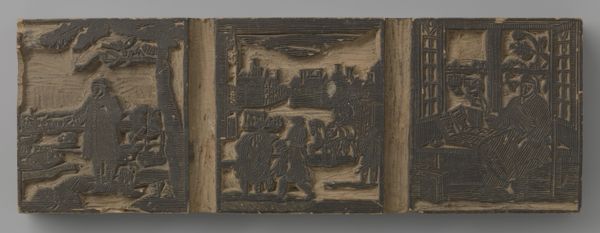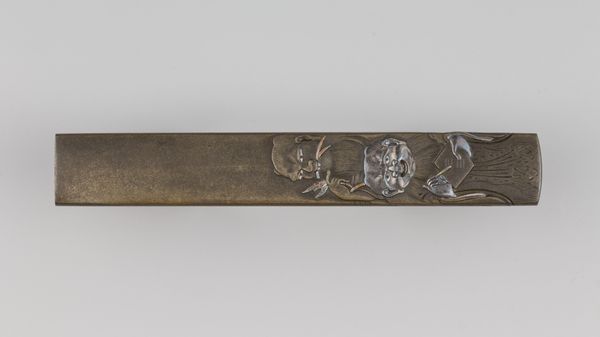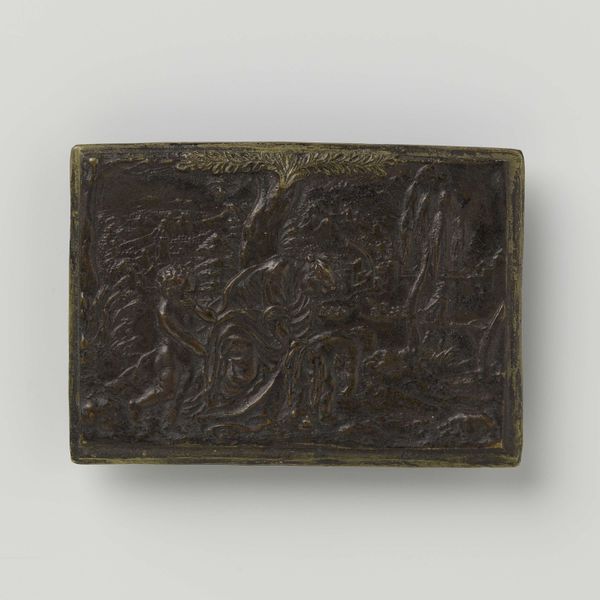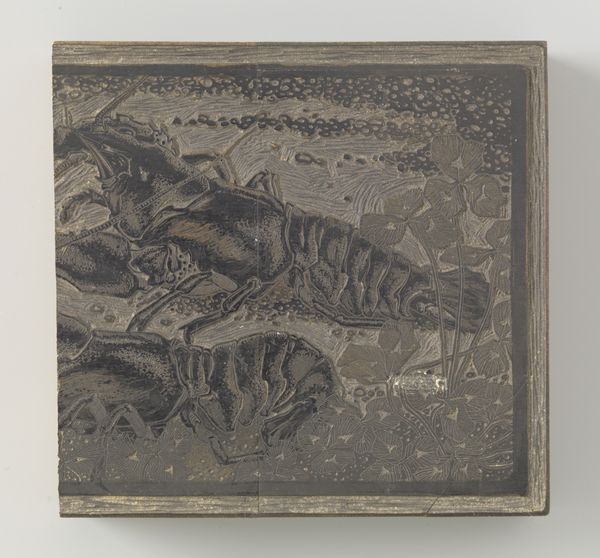
The Portage Sleigh on a Lumber Road, for "Antoine's Moose-Yard," for "Harper's New Monthly Magazine," October 1890 1890
0:00
0:00
drawing, print
#
drawing
# print
#
landscape
#
figuration
#
horse
#
realism
Dimensions: block: 3 1/8 x 4 3/4 x 7/8 in. (7.9 x 12.1 x 2.2 cm)
Copyright: Public Domain
Editor: So, here we have Frederic Remington's "The Portage Sleigh on a Lumber Road," a drawing from 1890, meant for Harper's Magazine. It's… bleak, I think. All this gray and the men hunched over, battling the snow. What can you tell me about this piece? Curator: It's bleak, yes, but that bleakness speaks volumes about the mythologizing of the West at the time. Remington’s images, like this one, shaped popular imagination, often romanticizing a rugged individualism. However, what’s glossed over is the cost, the labor of the working class. This print depicts that harsh reality of resource extraction. What isn't shown are the dispossessed Native communities and the environmental devastation caused by industries like lumber. Does seeing it as part of a magazine shift your understanding? Editor: Absolutely. Knowing it was meant for mass consumption makes me question its intent even more. It's like, is this supposed to be a cautionary tale or… just a spectacle? Are we meant to admire the men's resilience, or critique the system that forces them to endure such hardship? Curator: Exactly! And where does Remington, the artist, stand in relation to these laborers? He profits by depicting their hardship, feeding the eastern audiences their desired fantasies of the wild frontier. It’s crucial to question his own positionality and complicity within these dynamics of power. How do you see that playing out visually? Editor: I see it now – the framing, almost like a staged tableau. We are distanced, observing their struggle rather than empathizing with it. It’s less about connection, more about consumption of an image. This makes me think about the complex role art can play in perpetuating dominant narratives. Curator: Precisely. Remington provides a compelling, albeit troubling, insight into how art was — and is — implicated in constructing social and political realities. Hopefully this conversation shed a new light on how this piece sits within historical systems of representation. Editor: It really did! Thanks, I see much more than gray now. It is very thought-provoking!
Comments
No comments
Be the first to comment and join the conversation on the ultimate creative platform.
